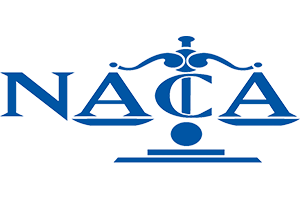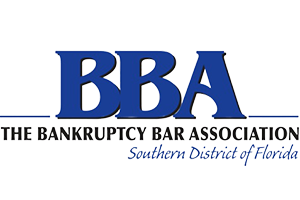Medical Bills and Record Keeping
Medical bills are debts which can be included in Bankruptcy. In fact, a person may file for Bankruptcy solely to eliminate medical bills. This is common in situations where a person does not have health insurance and suffers a catastrophic and unexpected medical event, such as cancer or autoimmune disease diagnosis.
The most important thing is to accumulate and hold on to the medical bills. Unfortunately, a common occurrence is to discard or throw away invoices or collection letters. The situation may feel overwhelming or hopeless but it is important to keep good records.
One method may be to put the bills in a shoebox or folder. Out of sight and in a specific location which you can access when the time is appropriate.
The reason is so important to retain your medical bills is that you want to have thorough and proper records of your debts. When it comes to medical bills, we cannot rely wholly and exclusively on a credit report. Keep in mind that credit reporting is not mandatory for medical providers and there is no requirement to send the information to the credit bureaus. Since reporting is voluntary, one cannot assume that a credit report will have a proper and detail accounting of outstanding medical debts.
When it comes to medical bills, your credit report is only one factor. The information found in the credit report must be supplemented with other data, such as actual invoices, bills and collection letters.
If you are not receiving any more written communications or bills then make sure that you answer the collection calls. Keep a log and write down the contact information for the agency, account number and amount owed.
This information is critical to ensure that you have a complete picture of your medical debt.
Why is it so important to include every single medical debt or creditor in a Bankruptcy? If you file for Bankruptcy and fail to include a creditor, you will still owe the debt after the Bankruptcy.
There are mechanisms to reopen your case and petition the court to add the creditor to the Bankruptcy but there are expenses and court fees associated with the process. In addition, the creditor will be given an opportunity to object to the treatment. As such, the easiest and best practice is to include all creditors in your initial filing so hold on to the collection statements and letters.







